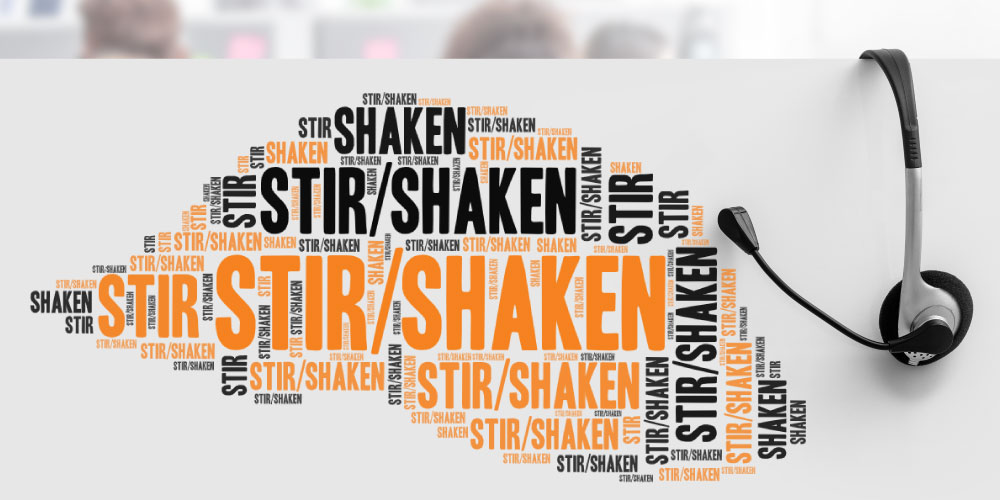Calling All Call Centers!
As a consumer of a VoIP (Voice over IP) service, you are aware of the pending FCC deadline for all voice carrier providers to be in compliance with STIR/SHAKEN protocols by June 30, 2021, (with smaller and rural providers given until June 30, 2022).
While the majority of the responsibility to comply is on your voice carrier provider, there are a few important things you can do and/or should understand before the FCC deadline to ensure continued proper delivery of your calls. They include:
Confirm that Your Voice Carrier Provider is FCC Compliant
Make sure that your voice carrier provider’s platform is compliant with the STIR/SHAKEN protocols. The FCC requires that all voice carrier providers file certifications providing detailed information regarding their implementation of STIR/SHAKEN caller ID authentication framework and/or robocall mitigation program. [1] The FCC has created a listing of carriers that have complied.
If you’re using a carrier that isn’t compliant, you risk your calls being marked as “SPAM”.
Understand the Requirements for Non-IP Providers
Because the STIR/SHAKEN framework is only operational on IP networks, FCC rules also require providers using older forms of network technology to either upgrade their networks to IP or actively work to develop a caller ID authentication solution that is operational on non-IP networks. This, in large part, is the reason for the additional year extension (June 30, 2022) for smaller and rural phone providers.
Contact Your Provider for an Attestation-Level Briefing
After STIR/SHAKEN takes effect, your phone provider (originating carrier) will be accountable for attesting to the validity of a call and assigning it an attestation level. Attestation is your provider’s way of confirming that the number being called from is originating from the source subscriber (you/your business).
Whenever you make a call through your provider, it is given an attestation level. It is then passed on down through a complex web of other carrier networks before reaching the callee’s provider (terminating carrier) who determines if the call was legitimately connected into the phone network before informing the callee accordingly. The higher your attestation level, the lower your chances are of being blocked by a terminating carrier.
Because each carrier will have their own attestation validation process, it will be important that your business reaches out to your voice carrier provider(s) to learn how they will be assigning attestation levels, and how your calls will be affected. Variables that can affect attestation levels include: businesses that use multiple carriers, make use of client numbers (a common occurrence for businesses that outsource) and/or rely on UCaaS or CCaas platforms to deliver their calls [2].
The three levels of attestation are:
- “A” = Full Attestation
Provider recognizes the phone number as being registered with the originating subscriber. This would be the case for a landline or mobile phone where the customer connects directly to the VoIP network and the phone number can be verified as being a particular customer, or in the case of a company that has registered a particular callback number. [3] - “B” = Partial Attestation
Indicates that the call originated with a known customer but the entire number cannot be verified, which would be the case with a call originating from a client PBX where the extension number is not registered with the provider.[4] - “C” = Gateway Attestation
Indicates the call can only be verified as coming from a known gateway, for instance, a connection to another service provider.[5]
STIR/SHAKEN “Can”, “Will Not”, “Cannot”…
- STIR/SHAKEN can help to confirm that the calling number is real (originating from the source subscriber) and not being hijacked for spoofing purposes.
- STIR/SHAKEN will not stop all illegitimate robocalls. It will, however, make it much easier to catch the bad actors.
- STIR/SHAKEN cannot prevent your call from being blocked by the callee if they don’t wish to receive future calls from your business.


